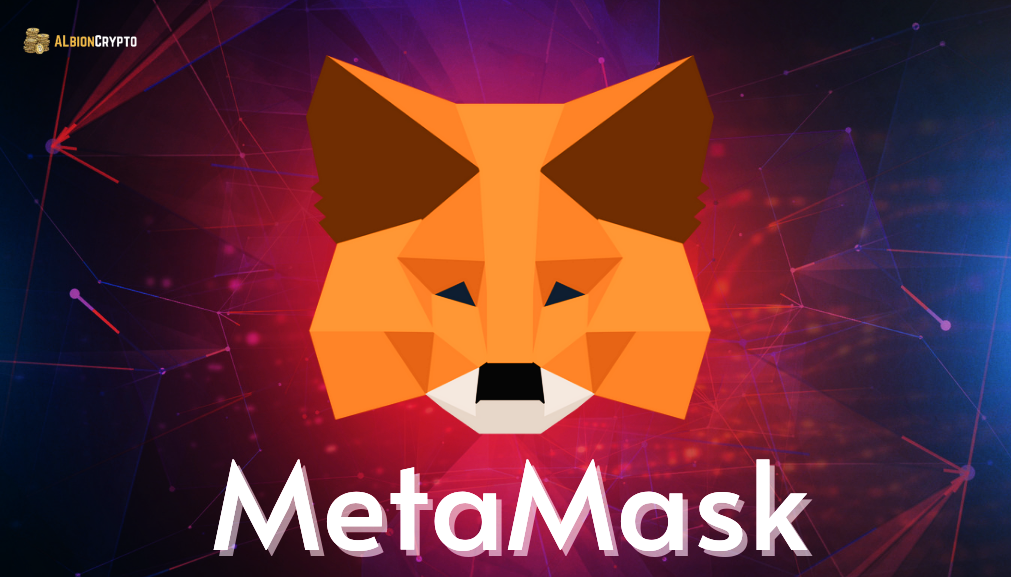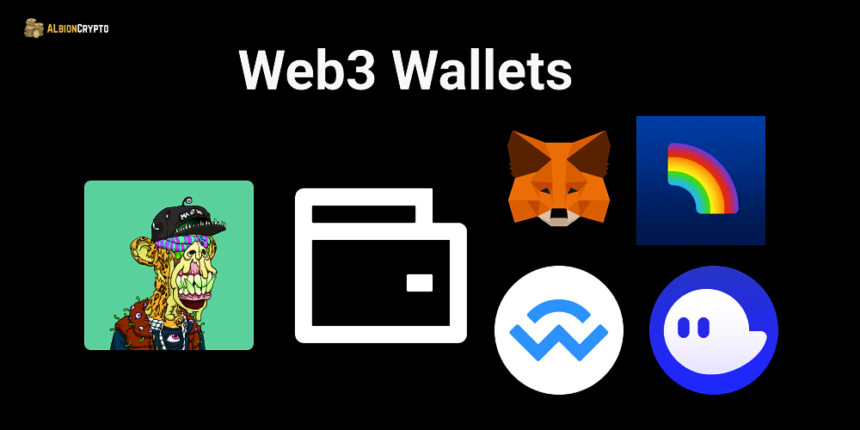As the world continues to evolve into a more decentralized space, Web3 wallets are becoming essential tools for anyone looking to engage with the blockchain ecosystem. Whether you’re a seasoned cryptocurrency trader or a newcomer curious about digital assets, understanding Web3 wallets and their features is crucial. In this comprehensive guide, we’ll delve into what Web3 wallets are, how they work, their key features, security considerations, and the best Web3 wallet apps available today.
What is a Web3 Wallet?
A Web3 wallet is a digital tool that allows users to store, manage, and interact with cryptocurrencies and decentralized applications (dApps). Unlike traditional wallets, which are mainly used for fiat currency, Web3 wallets serve as gateways to the decentralized internet, known as Web3. They enable users to engage with blockchain technology by allowing transactions, accessing decentralized finance (DeFi), and holding non-fungible tokens (NFTs).
Key Features of Web3 Wallets

Understanding the key features of Web3 wallets is vital for making informed decisions. Here are some of the most important aspects:
- Non-Custodial Nature: With a Web3 wallet, you retain complete control over your private keys, meaning only you can access your funds. This non-custodial feature is crucial for decentralization, as it prevents third parties from holding or controlling your assets.
- Cross-Chain Compatibility: Many Web3 wallets support multiple blockchain networks, allowing users to manage a variety of digital assets across different ecosystems from a single interface. This cross-chain functionality is becoming increasingly important as the blockchain space continues to diversify.
- Decentralized Application Integration: Web3 wallets enable seamless interaction with dApps. Users can engage with various services, from lending and borrowing to gaming and trading, all while using their wallet to authenticate transactions.
- Enhanced Privacy and Security: Web3 wallets prioritize user privacy and security, often using advanced encryption techniques to protect sensitive information. This is a significant departure from traditional banking systems, which typically require personal information.
Anecdote: The Transformation of Digital Transactions
Consider a user named Sarah. Previously overwhelmed by the complexities of online transactions, she recently started using a Web3 wallet. Sarah now participates in a decentralized marketplace, trading NFTs effortlessly while enjoying the peace of mind that comes from owning her private keys. For her, Web3 wallets have transformed her digital interaction landscape, allowing her to explore new financial opportunities while remaining in control.
How Do Web3 Wallets Work?
Understanding how Web3 wallets function is essential for leveraging their capabilities effectively. Here’s a breakdown of the underlying mechanics:
1. Private and Public Keys
Every Web3 wallet generates a pair of cryptographic keys: a public key and a private key. The public key is like your email address; you can share it with others to receive funds. The private key, however, is akin to a password—keep it secret and secure, as it allows you to access and manage your assets.
2. Wallet Interface
Most Web3 wallets come with user-friendly interfaces that enable you to view your balances, transaction history, and interact with dApps. Some wallets even include built-in exchanges for swapping tokens directly.
3. Connecting to dApps
When you use a Web3 wallet to connect to a dApp, you authenticate your identity through your wallet. This process is often done through a simple prompt that requests permission for the dApp to access your wallet’s public address and perform transactions.
Web3 Wallet Apps: The Best Options Available
With a plethora of Web3 wallet apps available, choosing the right one can feel daunting. Here are some of the top contenders worth considering:
1. MetaMask

MetaMask is perhaps the most popular Web3 wallet, primarily known for its browser extension. It supports Ethereum and Ethereum-compatible networks, making it an excellent choice for users engaging with dApps like Uniswap and OpenSea. With an intuitive interface and extensive community support, MetaMask is a great starting point for newcomers.
2. Trust Wallet

As the official wallet of Binance, Trust Wallet supports a wide range of cryptocurrencies and allows users to interact with various dApps. Its mobile-first approach makes it convenient for users on the go, and it also offers features like staking and a built-in DEX (decentralized exchange).
3. Coinbase Wallet

Coinbase Wallet is distinct from the main Coinbase exchange, offering users complete control over their private keys. The wallet supports a variety of digital assets and provides easy access to dApps, making it suitable for both beginners and experienced users.
4. Phantom Wallet

Designed specifically for the Solana blockchain, Phantom Wallet has quickly gained popularity among Solana enthusiasts. It features a sleek interface, easy NFT management, and seamless integration with Solana dApps.
Expert Insight: The Rise of Web3 Wallets
According to blockchain expert Laura Shin, “Web3 wallets are becoming the backbone of the decentralized internet. As more users migrate from traditional platforms, these wallets are essential for anyone looking to engage in the future of finance.” This insight emphasizes the importance of understanding Web3 wallets in the rapidly evolving digital landscape.
Web3 Wallet Security: Protecting Your Assets
While the advantages of Web3 wallets are numerous, users must also be aware of potential security risks. Here are some critical security considerations:
1. Protect Your Private Keys
Your private key is the most critical aspect of your Web3 wallet. Losing it means losing access to your funds. Store your keys securely, ideally offline, and consider using a hardware wallet for added protection.
2. Be Wary of Phishing Attacks
Phishing scams are rampant in the crypto space. Always double-check URLs and avoid clicking on suspicious links. If a website asks for your private key or seed phrase, it’s a red flag.
3. Use Two-Factor Authentication (2FA)
Enabling 2FA adds an extra layer of security to your wallet. It requires a second form of verification before granting access, making it harder for unauthorized users to access your account.
Counterargument: Is Centralization Safer?
Some argue that centralized exchanges provide a more secure environment for holding cryptocurrencies. However, while centralized platforms offer some safety features, they also introduce vulnerabilities like hacks, regulatory risks, and the possibility of losing access to your funds due to platform issues. Web3 wallets may require users to take more responsibility for their security, but they also empower users with true ownership over their assets.
Future Trends in Web3 Wallets
The future of Web3 wallets is bright, with several exciting trends on the horizon:
1. Enhanced User Experience
As the crypto space matures, we can expect significant improvements in user interfaces and overall experiences. Developers are continuously working to simplify wallet interactions, making it easier for newcomers to participate.
2. Interoperability Between Blockchains
As the blockchain ecosystem grows, cross-chain compatibility will become increasingly vital. Wallets that can facilitate seamless transactions across various networks will likely gain a competitive edge.
3. Integration with Emerging Technologies
With the rise of DeFi, NFTs, and the metaverse, Web3 wallets will evolve to support new functionalities, including more sophisticated NFT management tools and connections to virtual worlds.
Hypothetical Scenario: A Day in the Life with a Web3 Wallet
Imagine waking up to check your investments. You log into your Web3 wallet, where you find several notifications about staking rewards and a new NFT drop from your favorite artist. After claiming your rewards, you browse the marketplace directly from your wallet interface, purchasing a limited-edition NFT with a few clicks. This scenario illustrates the potential for user-friendly and engaging experiences that Web3 wallets can offer in the future.
Conclusion: Embrace the Power of Web3 Wallets
Web3 wallets represent a pivotal development in the cryptocurrency and blockchain space, offering users complete control over their digital assets while enabling seamless interaction with decentralized applications. As the landscape evolves, understanding the features, security considerations, and best practices for using Web3 wallets will be essential for anyone looking to thrive in the decentralized economy.
By choosing the right Web3 wallet app, implementing strong security measures, and staying informed about emerging trends, you can confidently navigate the exciting world of Web3 and unlock new opportunities for financial freedom and innovation.




